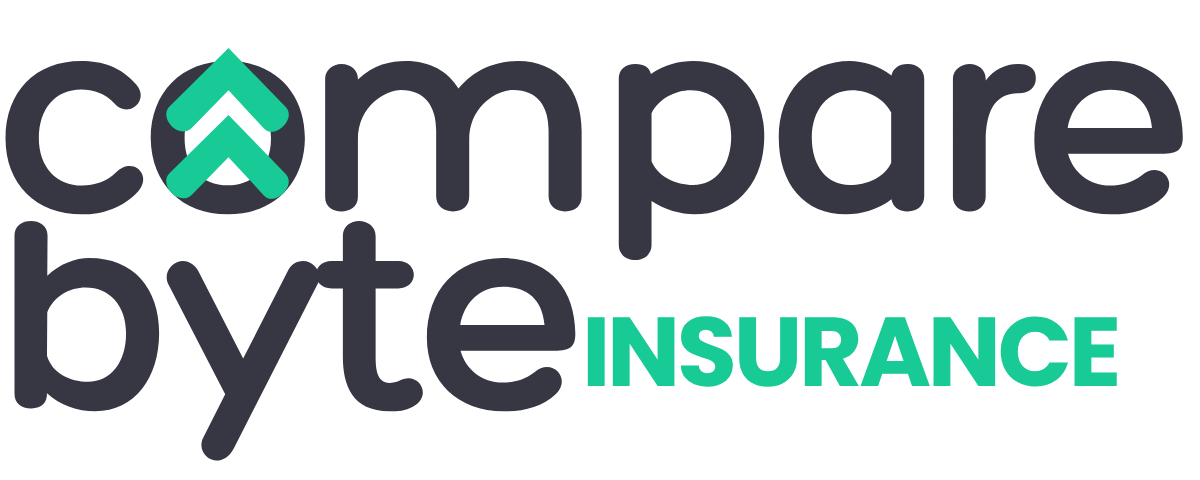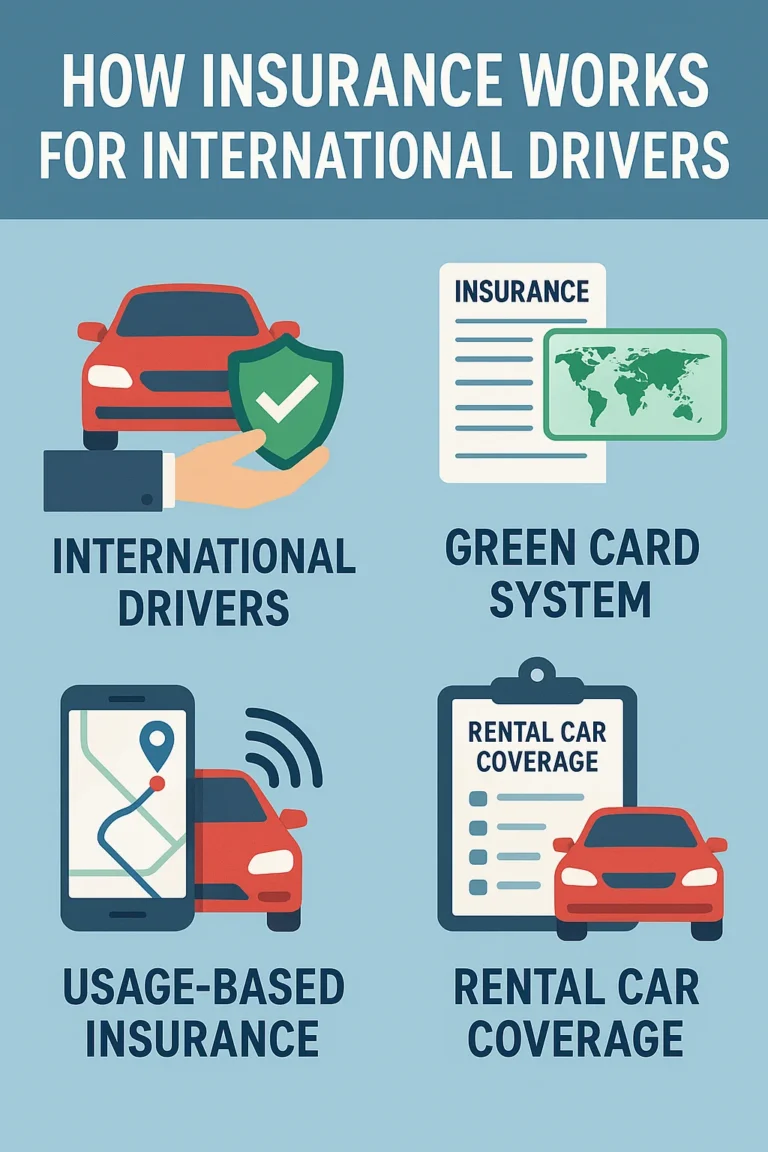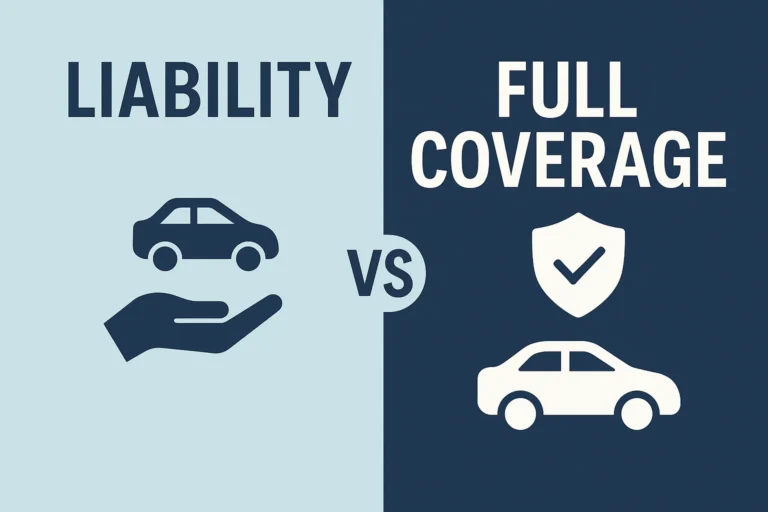This complete guide explores the critical world of insurance for part-time international students. We clarify essential terms, examine global policies, and reveal data-backed insights to help students protect their health, studies, and finances abroad. With statistical analysis, sector comparisons, expert opinions, and future projections, this article empowers readers to choose the most suitable insurance plan for their needs.
History and Evolution
Student insurance programs began evolving in the mid-20th century as cross-border education gained momentum. Early offerings focused primarily on emergency healthcare, with limited preventative or mental health coverage. As more countries welcomed international students, institutions recognized the need for standardized insurance protocols.
By the late 1990s, leading universities in North America, the UK, and Australia started including student-specific group plans. These were cost-effective but often exclusive to full-time students. The early 2000s saw the emergence of private providers offering modular, flexible plans targeted at underserved groups—like part-time students.
Technological integration further transformed the landscape in the 2010s. Online application portals, digital claims processing, and telemedicine features improved accessibility. In 2019, a NAFSA report noted a 35% rise in international student insurance enrollment, partly driven by digitized onboarding processes.
By 2023, the rise of hybrid and remote academic programs led to more diverse enrollment statuses. This increased demand for insurance products that catered specifically to part-time international learners—who often fell through the cracks of conventional student health plans.
Current Statistics and Data Tables
Below are two tables highlighting trends in global insurance coverage for international students and claim types relevant to part-time enrollees.
| Region | Government-Mandated | University-Provided | Private Modular Plans | Uninsured |
|---|---|---|---|---|
| North America | 20% | 50% | 25% | 5% |
| Europe | 35% | 40% | 20% | 5% |
| Asia-Pacific | 10% | 30% | 50% | 10% |
| Claim Category | Claim Frequency | Average Cost (USD) |
|---|---|---|
| Non-Emergency Doctor Visits | 40% | $300 |
| Emergency Hospitalization | 15% | $5,000 |
| Mental Health Counseling | 25% | $1,000 |
| Prescription Medications | 10% | $150 |
| Dental Accidents | 10% | $600 |
Sector Comparisons
University vs Private Insurance Providers
University plans typically offer simplified enrollment and lower premiums, but may limit access to full-time enrollees. Private plans, while more expensive, offer flexible add-ons for dental, vision, or mental health—essential for many part-time students.
Developed vs Developing Country Coverage
Students in developed nations often benefit from mandatory or subsidized insurance schemes. Those in developing countries may rely more on private or hybrid coverage, which varies significantly in quality and regulation.
Comprehensive vs Modular Plans
Comprehensive plans bundle services and simplify billing, while modular plans let students select only necessary coverages—ideal for shorter academic durations or tight budgets.
Future Projections
Experts anticipate a continued shift toward modular, mobile-first insurance platforms tailored to international learners. AI-powered chatbots, usage-based pricing, and blockchain for medical records are under development. Global regulations may soon enforce minimum coverage standards, especially in the EU and Canada.
By 2030, over 50% of international part-time students are expected to choose custom insurance plans based on learning mode, duration, and country of stay. This aligns with broader trends in educational flexibility and personalized services.
Expert Opinions and Academic Sources
Dr. Emily Roth from the International Education Research Association notes that “Insurance literacy among part-time international students remains low, leading to under-insurance and delayed treatment.” (IERA 2024)
Meanwhile, ISO Insurance, a provider specializing in student insurance, reports that modular policies with telehealth access reduce emergency claims by 18%.
UNESCO also highlights the importance of integrating insurance information into student orientation programs, noting a 20% improvement in plan selection accuracy post-briefings. (UNESCO Student Welfare)
Conclusion and Summary
- Insurance is essential for part-time students, covering more than just emergencies.
- Modular plans offer flexibility and affordability.
- Compare providers based on access, benefits, and eligibility.
- Regulations are tightening—stay informed to remain compliant abroad.
To learn more, check our guides on Best Modular Insurance Plans and Top Student Health Providers.
Frequently Asked Questions
1. Can I use travel insurance instead of student insurance?
No. Travel insurance typically excludes ongoing or preventative healthcare, which student insurance covers.
2. When should I buy a plan?
Ideally 2–4 weeks before departure to ensure uninterrupted coverage from arrival.
3. What’s the difference between modular and comprehensive plans?
Modular plans let you select specific coverages; comprehensive plans offer bundled services with higher premiums.
4. Can I cancel a plan mid-semester?
Some private insurers allow cancellation, but most university plans are non-refundable after the drop date.
5. Are mental health services included?
Only some plans include mental health counseling. Always verify this before purchase.






